Agriculture Science Report: Future Opportunities for Oilseed Rape
VerifiedAdded on 2020/03/02
|6
|1056
|395
Report
AI Summary
This report delves into the opportunities and challenges presented by Sclerotinia stem rot, a significant fungal pathogen affecting various crops, particularly oilseed rape. The study highlights the pathogen's broad host range and the mechanisms behind its virulence, including the role of effector proteins and the two-speed genome hypothesis. It discusses the latest research, including machine learning approaches and single-molecule sequencing, to understand fungal genomes and identify effector types. The analysis emphasizes the importance of understanding fungal genome architecture, repeat-induced point mutation (RIP), and transposable elements (TEs) in the context of effector and secreted proteins. The report references several key studies, including those by do Amaral et al. (2012), Amselem et al. (2015), Liang et al. (2013), and Lee et al. (2013), to provide a comprehensive overview of the current state of research and future directions in the field of plant pathology.
1 out of 6

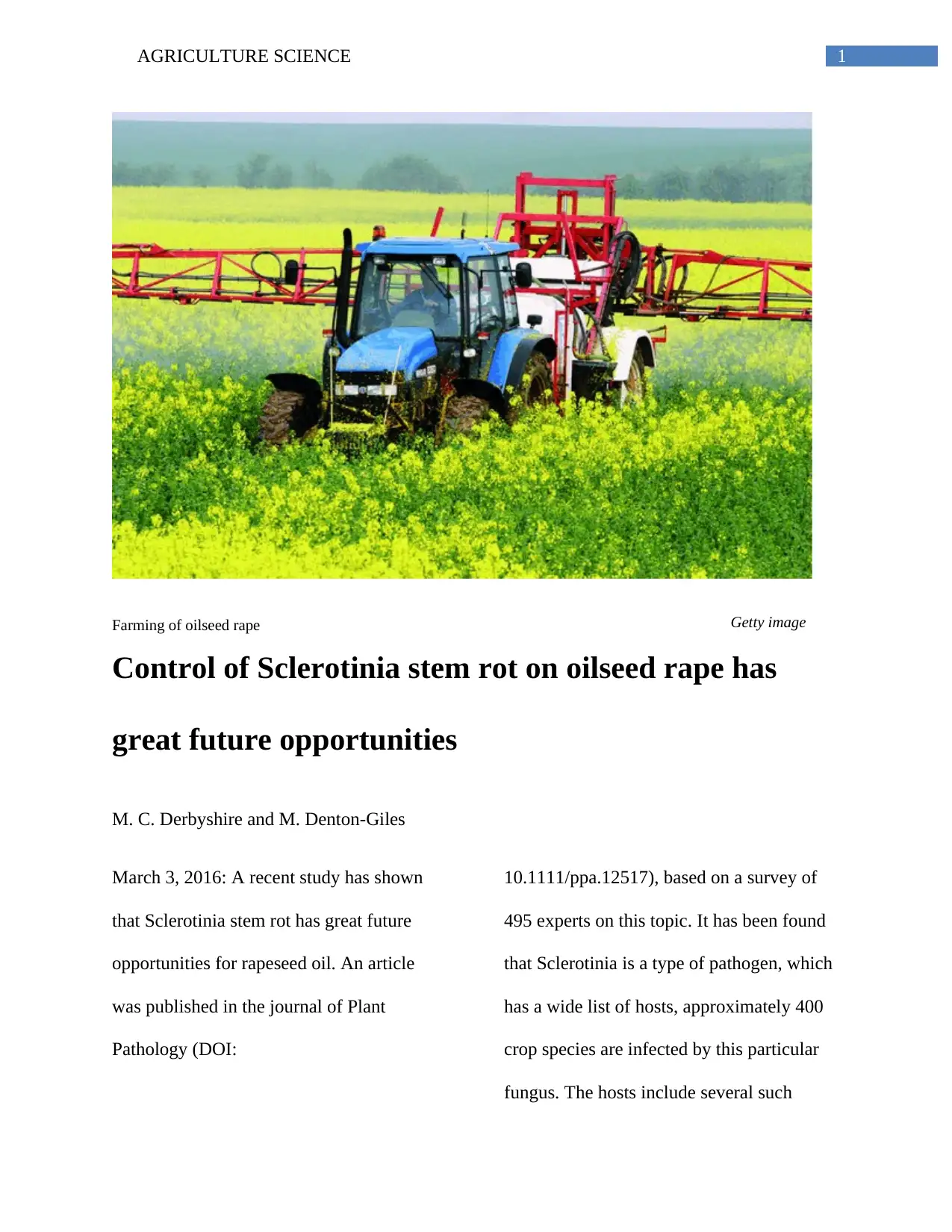
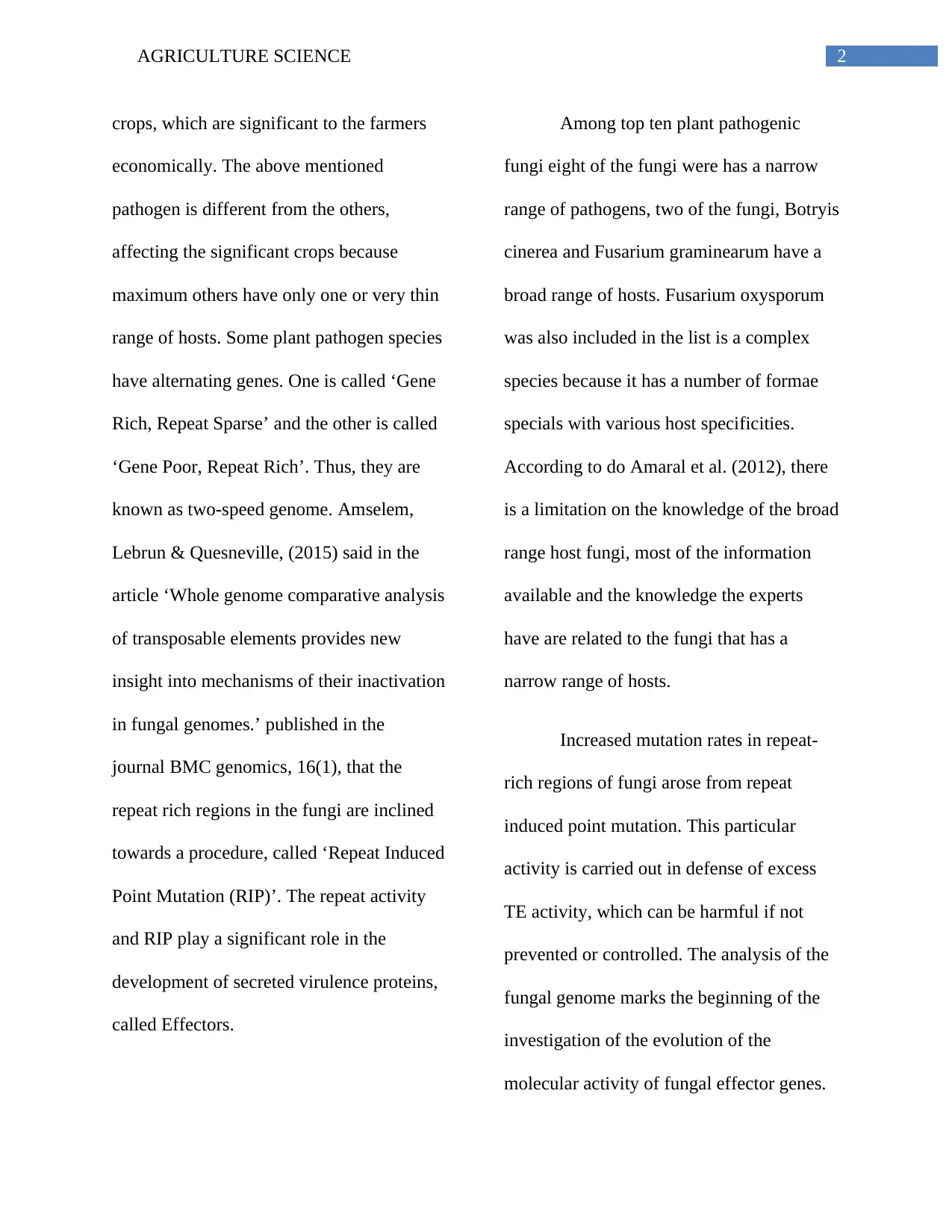

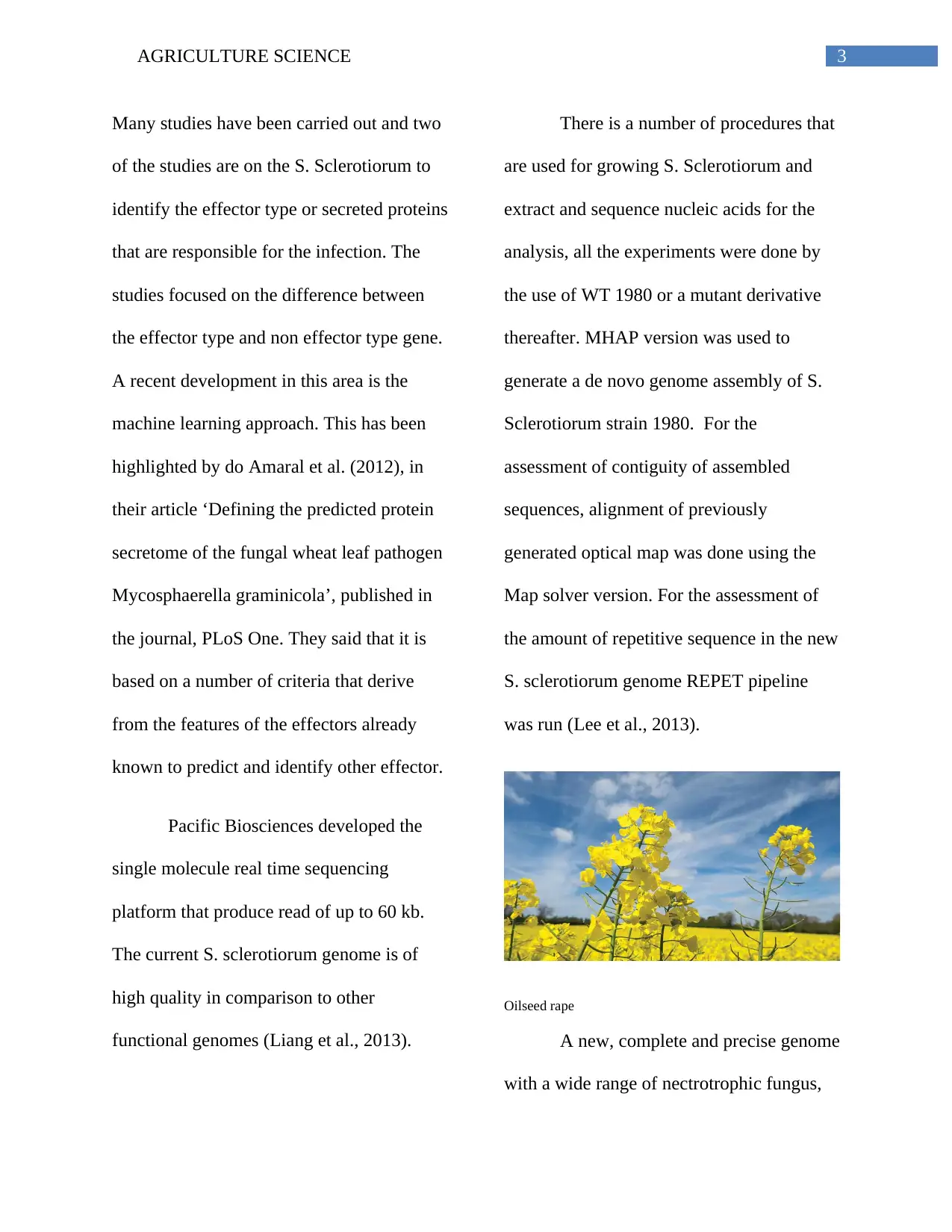
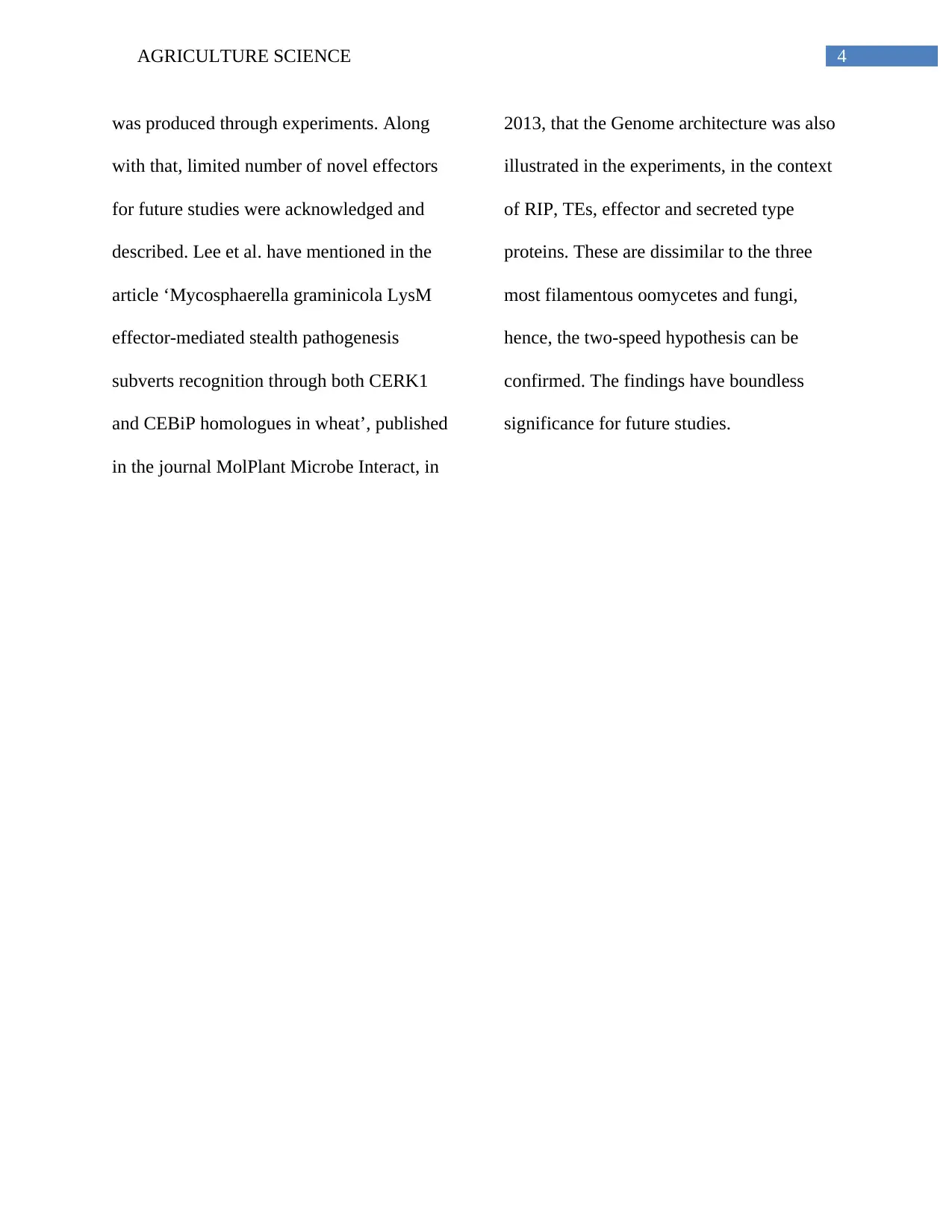
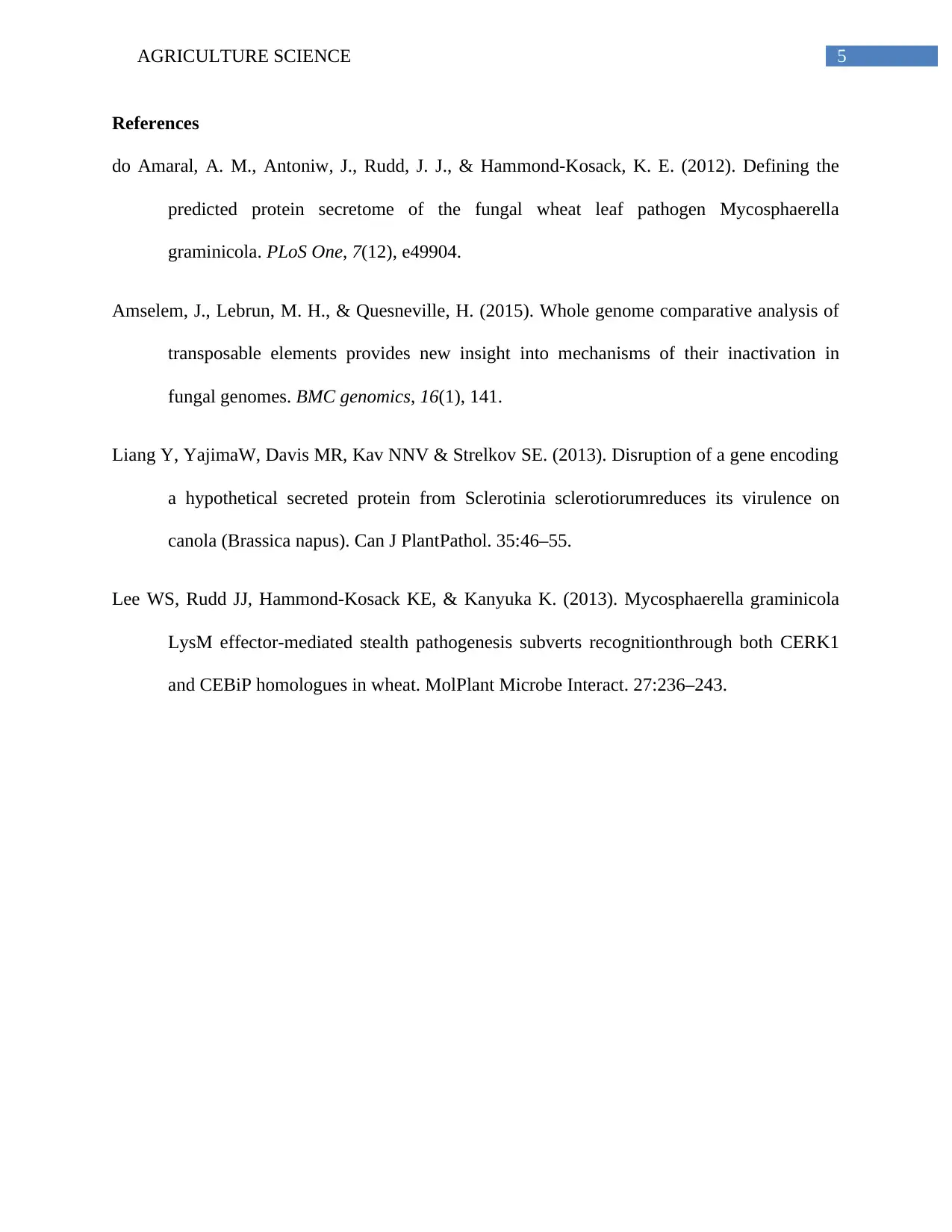
![[object Object]](/_next/static/media/star-bottom.7253800d.svg)